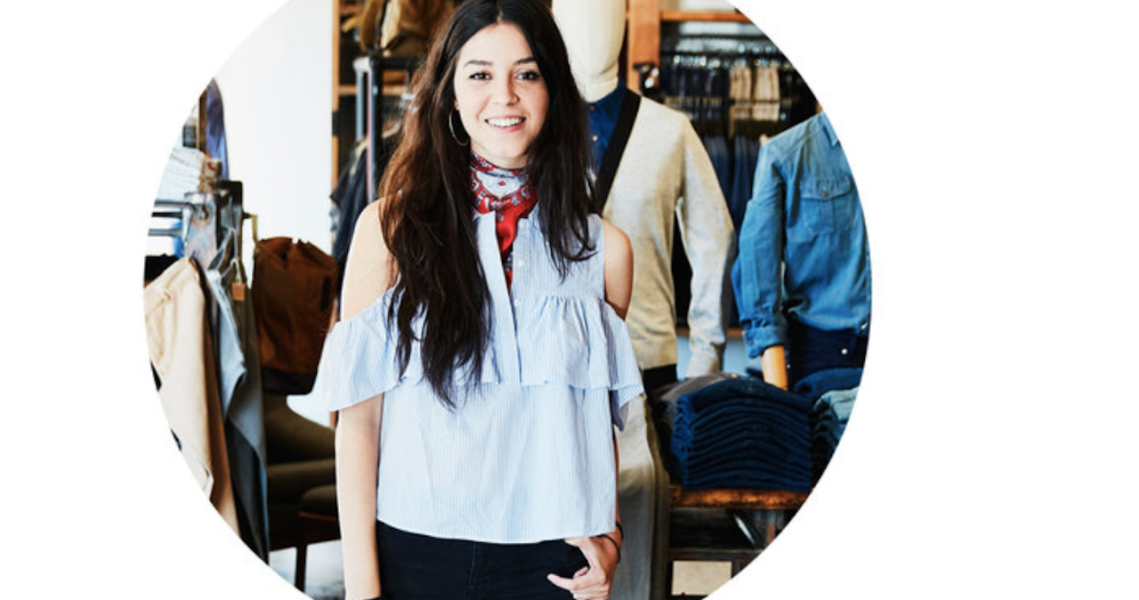In a time when customers are demanding more personalization in how they shop and the products they buy, it is luxury brands that have the advantage.
Personalized shopping
More than 50 percent of customers are interested in purchasing customized products or having a personalized element added to their shopping. Luxury brands have excelled at this, thanks to the fundamental nature of luxury as a category that focuses on hands-on customer service.
“In general, luxury brands are doing this better. That’s the differentiator in luxury,” said Anna Jensen, co-founder Snap + Style Business. “High touch, lots of handholding, walking you through the process — that’s the just the definition of luxury. What brands that we see are doing well, like Michael Kors, is bringing that extra bit of help while still maintaining a large audience.”
Michael Kors has beaten estimates for its earnings in the last two quarters.
But despite luxury’s dominance in personalization, any brand can benefit from the deeper and more intimate connection between brand and consumer that this strategy can forge. Jensen’s company, Snap + Style Business, has worked with brands both upscale, like Michael Kors, and more mass-oriented, like the Walmart-owned plus-size brand Eloquii, to offer stylists that help those brands’ customers pick the right look for them.
In Jensen’s view, personalization and the relationship that it can build with customers builds upon itself. Brands offering personalized recommendations or individual styling tips encourage consumers to voluntarily share more data about themselves — such as size, age and even life events like getting married — which brands can then use to further personalize the customer experience.
“Retailers have traditionally bucketed people into a one-size-fits-all situation,” said Jensen. “But if retailers can offer a more personalized experience, then people are willing to give personal self-declared data. All of that information is super valuable.”
Ad position: web_incontent_pos1
Customized for customers
The importance of personalization also extends to products that are customized for individual consumers. Menswear brand Sene just launched its first custom made-to-order suit line for women last month, after scaling its custom men’s clothes for a year and a half and raising $300,000 in funding.
Custom sneakers have been popular over the last decade, with major sneaker brands like Nike, Adidas and Vans all offering their own “design your own sneaker” option on their site. Even retailers have gotten in on the action. This past summer, multi-brand retailer Consortium opened in NYC’s Soho neighborhood a pop-up shop of 10 different brands, all of which sold custom-made clothing. According to Consortium’s founder Sam Payrovi, customization is something many retailers are missing out on due to its difficulty to execute.
“A store like Nordstrom doesn’t have the knowledge to sell a customizable brand,” Payrovi told Glossy in July. “Even if they trained their staff on one customizable brand, they’d never be able to do 10, 15 or 20. It would take 15 different tablets, whereas we’re aggregating it all onto one platform.”
Ultimately the trend toward personalization, like so many other changes in the fashion world, is being driven by the unique tastes and habits of young consumers.
Today, young consumers have more options, more brands and more ways to shop than ever. Amid the sea of things available to them at any given moment, brands have to adapt to how these consumers engage with brands now. Where once the in-store experience was the premier way to personalize each customer’s experience, online shopping has overtaken much of the prominence that brick-and-mortar once held. Digital personalization offers a way to bring back some of that more intimate connection between brands and consumers while remaining relevant to how those customers shop.
“The days of a consumer wearing one brand head-to-toe are gone,” Jensen said. “A lot of the younger generation, they’ve got a Chanel blazer on with Keds sneakers. That high-low thing is important. But at the end of the day, they are just looking for a great brand experience. They want someone to listen to them, rather than tell them what to do. What we’ve seen through the brands we work with is that, because they are offering this great guided experience, they are seeing more brand loyalty.”




